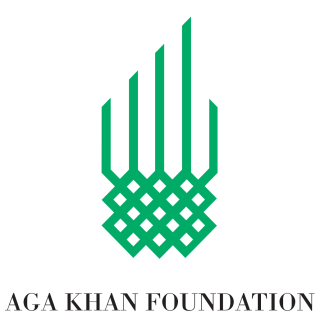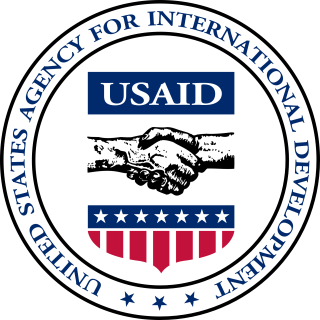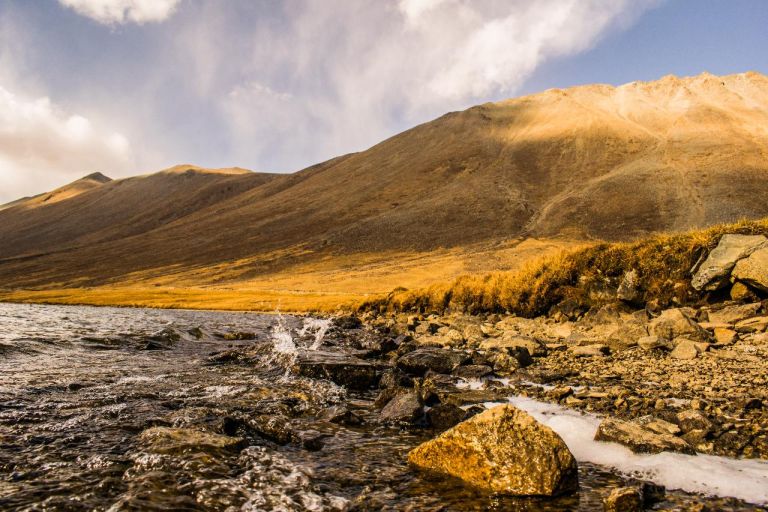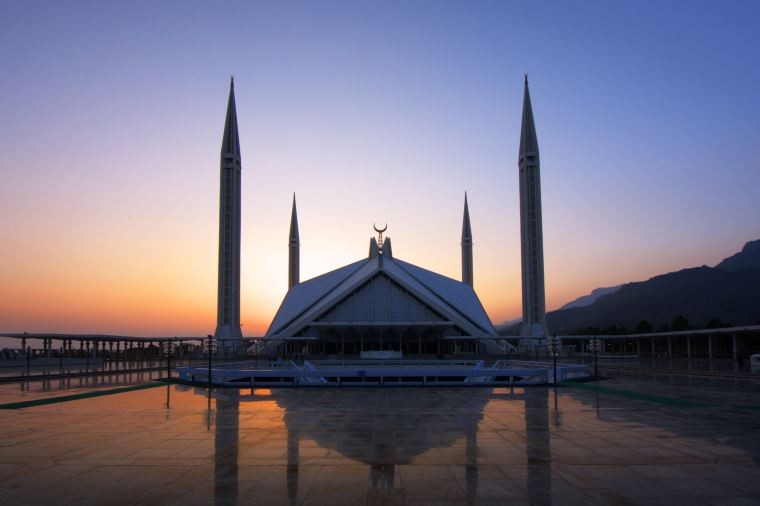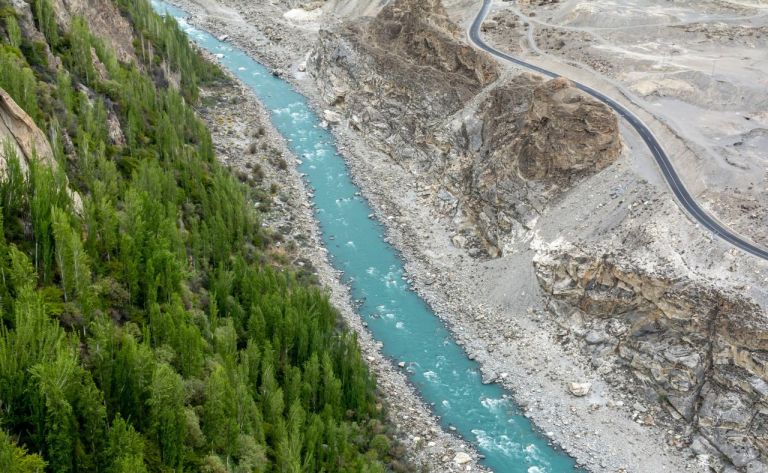*** Trips to Balochistan and most of Sindh are best done between November and March. From May to September it gets very hot in Lahore and deserts.
*** Know that itineraries can always change, we try to do our best to see as much as possible.
*** For this trip you need a special permit for the national park, to be arranged two weeks before!
Meaning: you need to book this tour at least two weeks before to get the permit!!
Southern Punjab is lesser-known among tourists than it’s northern brother and is therefore an ideal destination for those who want to explore a region which is not too well discovered by tourists yet. This huge area has a few historical and cultural highlights such as the archeological site of Harappa and the immense fort of Derawar, surrounded by the Cholistan Desert, where you can hop on a camel and visit the many villages dotted in the sand. This tour includes quite some driving as we go quite south from Lahore and will offer you a great opportunity to discover and witness the wide variety in landscape and culture the south of Punjab has to offer.
Day 1: Lahore
Today we’ll have a full day in Lahore, the cultural capital of Punjab and often called the cultural capital of all of Pakistan as well. Lahore’s Pakistan second biggest city with roughly 8.5 million inhabitants and the Inner City (or Walled City) as the pounding heart of Lahore. The city is rich in cultural attractions and has attracted tourists, artists and intellectuals for thousands of years with Mughal and Sikh influences, British colonial architecture, but it also houses modern malls and buildings as well. It is also one of the most liberal cities in all of the country. We’ll start our tour around 8 am and we’ll try to visit as much of the archeological and cultural sites and hotspots as possible, such as the Lahore Fort, Badshahi Mosque, Minare Pakistan, Sikh Guradwara Dera Sahib, Shees Mahal, Royal Hammam, Deewan-e-Aam, Deewan-e-Khas and the tomb of Jahangir. We’ll make sure you’ll be directed to an excellent restaurant for lunch and our last stop of the day will be the famous Flag Ceremony at the border with India. This ceremony takes place every evening before sunset. It starts with a parade by the soldiers from both sides and ends in lowering of the two nations’ flags. The ceremony ends with a handshake between soldiers from both sides, followed by the closing of the gates.

Day 2: Harappa and Multan
After breakfast we’ll drive to Harappa. On our way to Harappa, we’ll have a quick stop in Changa Manga, which is home to the largest man-made forest in Pakistan and home to several animals such as jackals and deer. After our visit we’ll continue to Harappa. Harappa is an archaeological site in Punjab, the site of the ancient city contains the ruins of a fortified city from the Bronze Age and was part of the Indus Valley Civilization centred. The city had roughly 23,500 residents living in clay brick houses at its peak during the Harappan phase (2600 BC - 1900 BC). During British rule, many bricks were looted to be used for the railway between Lahore and Multan and many archaeological artefacts have been stolen.

Day 3: Multan
Multan is one of the oldest cities in Pakistan and once was part of ancient India. It has a long history and was renown for the Hindu Multan Sun temple and was besieged by Alexander The Great. Multan was one of the most important trading centers during medieval Islamic India and home to many Sufi mystics during the 11th and 12th century earning the title ‘City of Saints’. The city, together with Uch, is known for the many Sufi shrines. Today we’ll have a full tour in the city with a free evening.

Day 4: Uch Sharif
Uch, also called Uuch Sharif is a historic city not too far from Multan and was founded by Alexander the Great during his invasion of the Indus Valley and was an important metropolitan center between the 12th and 17th century and home to many Muslim refugees. It is famous for its shrines built in the typical Southern Punjab architectural style by Muslim mystics. The Uch Monument Complex is home to 1.400 graves and three shrines
After our visit we’ll then proceed to the Cholistan Desert and visit the Derawar Fort and the Abbasi Mosque. The bastions of Derawar are visible from many kilometers away and are up to thirty meters high. It is an impressive sight in the middle of the desert. The fort was built in the 9th century AD and taken over by Muslim Nawabs in the 18th century who rebuilt it in its current forms.
We’ll make some time to go on a camel ride in the Cholistan Desert, which covers an area of 25.800 sq km, mostly made up of sand and classified as arid and semi-arid tropical desert. Tonight we’ll stay in Bahalwpur.

Day 5: Bahawalpur
Today we’ll visit Bahawalpur and Lal Suhanra National Park.
Bahawalpur has a rich architectural heritage and is known for its monuments dating from the 18th and 19th century. It is located at the edge of the Cholistan Desert and the Lal Suhanra National Park. The park was founded in 1972 and is a wildlife refuge home to many mammal species and birds, including the chinkara gazelle. Black bucks have also been re-introduced. There is also a pair of Indian rhinoceros which have been brought over from Nepal.

Day 6: Back to Lahore
Today we’ll drive back to Lahore and expect to be back somewhere during the late afternoon.
Included:
- Private transport
- All entrance fees
- Professional English speaking guide
- Accommodation
Not included:
- Meals
Price:
1 person: 2989 usd
2 persons: 1599 usd per person
3 persons: 1359 usd per person
4 persons: 1159 usd per person
** Single supplement: 750 usd

